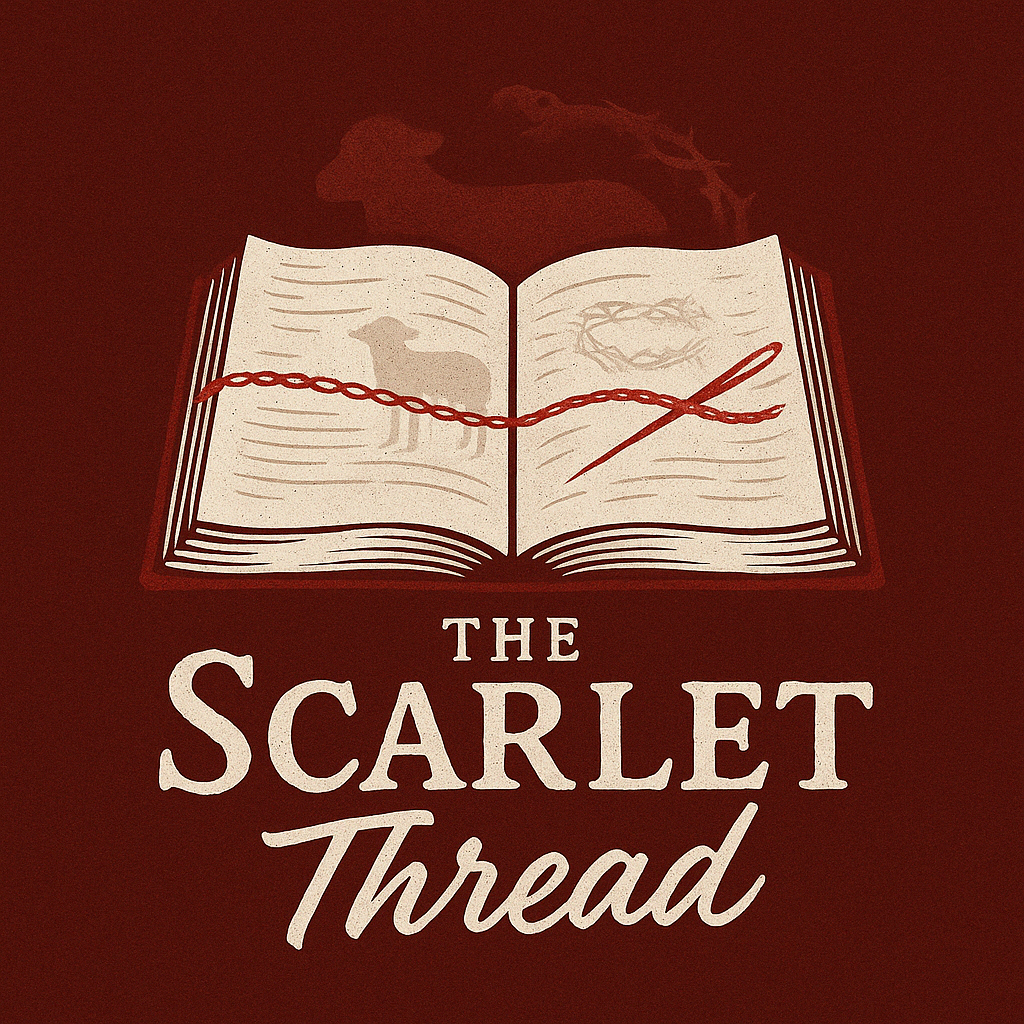Where’s the Gospel in the Story of Jacob and Esau?
Jacob and Esau were twin brothers born to Isaac and Rebekah. Even before their birth, God revealed that the older (Esau) would serve the younger (Jacob). As they grew, Esau became a rugged hunter, while Jacob was quieter, tending the flocks at home.
One day, Esau returned from the field famished, and Jacob persuaded him to sell his birthright for a simple bowl of stew. Later, when their father Isaac was old and blind, Jacob—at Rebekah’s urging—deceived Isaac into giving him the blessing meant for Esau. Furious, Esau vowed to kill Jacob, so Jacob fled to his uncle Laban’s house.
Over the years, God worked on Jacob’s heart. Eventually, Jacob returned home, fearful of facing the brother he had wronged. But instead of revenge, Esau welcomed Jacob with forgiveness and tears—just as Christ welcomes us in our repentance. Their reconciliation revealed the surprising power of grace after years of sin, strife, and separation.
Throughout their story, God’s sovereign plan unfolded—not because of human merit, but because of His mercy and purpose. Where do we see the gospel woven into this story? In many places:
Before their birth, God chose Jacob over Esau (Romans 9:10–13), showing that salvation is based not on works or merit, but on God’s grace and purpose.
Despite Jacob’s deceit and sin, God’s plan continued to move forward—highlighting that salvation rests on God's faithfulness, not human righteousness. This doesn’t glorify sin or imply that we can live however we please; rather, it magnifies the steadfast mercy of God, who remains faithful even when we fail.
Jacob is not rejected because of his failures. Instead, God continues to lead and bless him—pointing to the mercy extended to sinners through Christ.
When Jacob returns, expecting judgment and wrath, he instead finds mercy. Esau does not demand retribution but embraces him with forgiveness—illustrating the gospel truth that grace is freely given, not earned.
Esau’s joyful welcome mirrors the Father’s joy in the return of the prodigal son (Luke 15)—running, weeping, and embracing even after all the wrongs.
In short: Esau displays the gospel of forgiveness; Jacob displays the gospel of grace—two beautiful aspects of the good news of what Christ has done for sinners.
